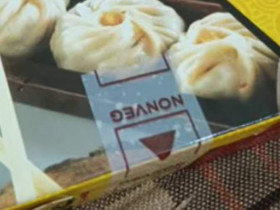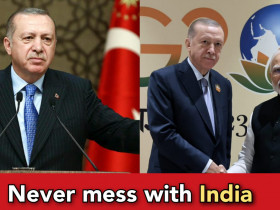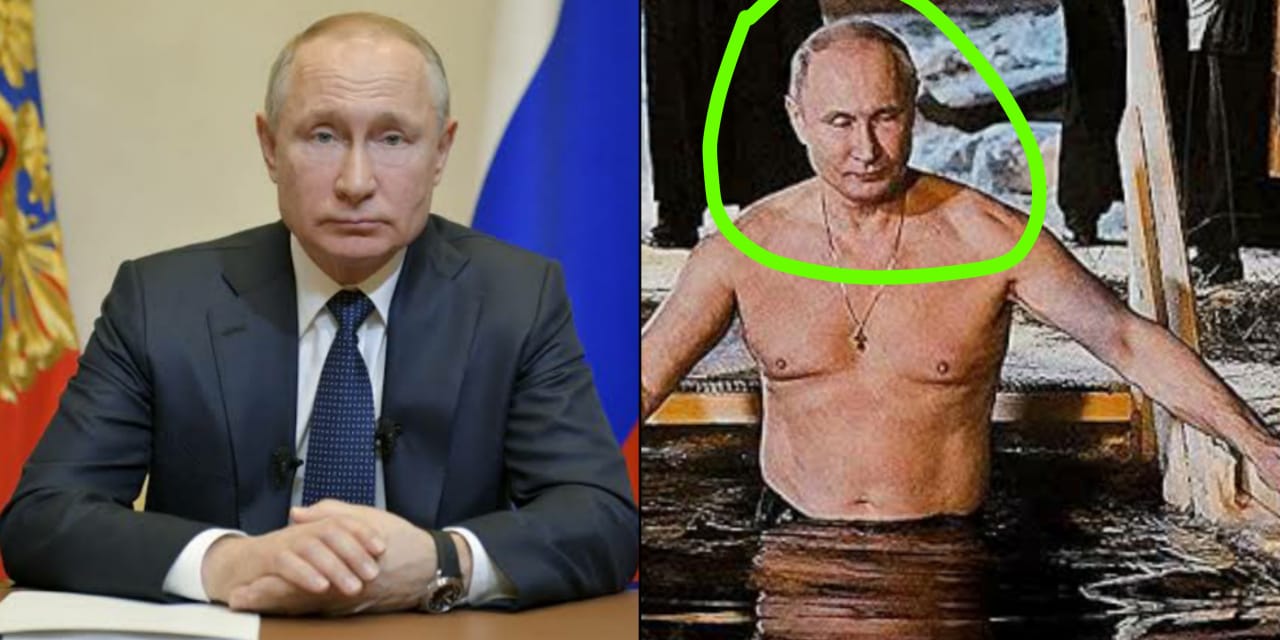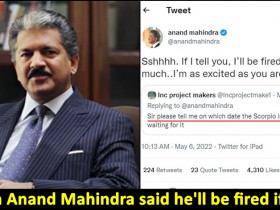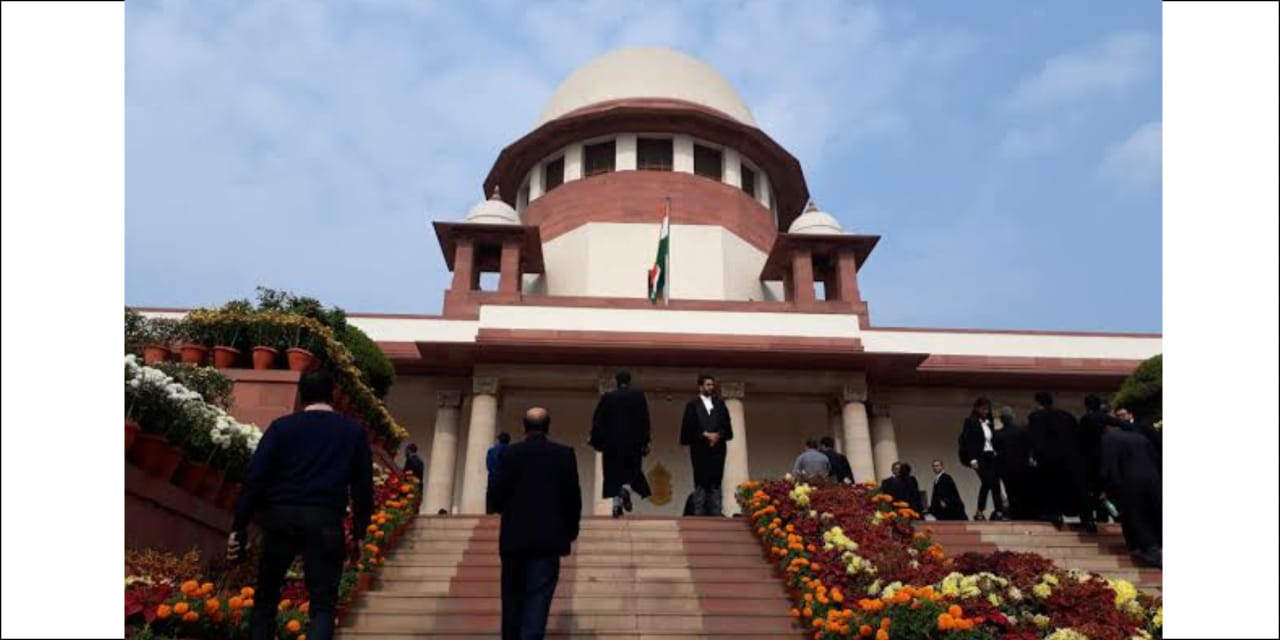Women scientists are very rare in number. They have made significant contributions to scientific discovery and pushed the boundaries beyond human knowledge. They have gone through struggles seeking education, finding jobs. But they have overcome these difficulties to touch the pinnacle of success.
Who is Ankita Sengupta? She is an Indian-American hailing from West Bengal. She is the mark of a true genius who extended her fruitful contributions to NASA’s physics experiment to create the coldest spot in the universe. For her, the sky is not the limit. She has been at the helm of several successful projects at US space agency NASA. We can now understand the responsibility she is holding.

For nearly 2 decades, she has been coming up with new strategies and technologies that gave the green light for the exploration of Mars, asteroids and deep space. From 2012 to 2017, she played a substantial role where she steered the space agency’s project that helped NASA create the coldest spot in the universe which could be 10 billion times colder than the vacuum of space.
After the successful completion of the project, Sengupta gleefully wrote on her Facebook wall. “It was an honour and a passion to lead and develop the Cold Atom Laboratory for NASA from our original proposal in 2012 to 2017 for its final destination of the International Space Station.
As an Indian person, to continue the groundbreaking work of my fellow Bengali scientist Satyendra Bose (that later led to two Nobel prizes in physics), as one of the few women of colour at NASA to manage a mission, I trail blazed for those that come next.” Anita Facebook quote.
Sengupta is as an aerospace engineer and a graduate in aerospace and mechanical engineering of the Viterbi School of Engineering at the University of Southern California. The former NASA scientist kick-started her career in dealing with launch vehicles and communications satellites at Boeing Space and Communications.
Sengupta was the lead systems engineer of the team that worked towards developing the revolutionary supersonic parachute system. After testing sessions and learning curves, the iconic parachute system was deployed during the landing of Mars Science Laboratory Curiosity.
Apart from that, she managed to don various other roles as well. She was also the project manager of the Cold Atom Laboratory at the Jet Propulsion Laboratory at Caltech and is presently the Senior Vice President of Systems Engineering at Virgin Hyperloop One.
Talking to TOI’s queries, Sengupta said that Cold Atom Laboratory will investigate the properties of “Bose-Einstein Condensate, a state of matter that only occurs just above absolute zero”.
She is currently serving as the vice president at Virgin Hyperloop One, a project that’s working on carrying people on cargo from one place to another at airline speeds less than air travel expenses. In fact, the creative team is working constantly on achieving 50% speed faster than aeroplanes.
Sengupta is not just a successful space scientist but also “an aerospace engineer, pilot, professor, and public speaker, revolutionizing space exploration and green transportation.”


